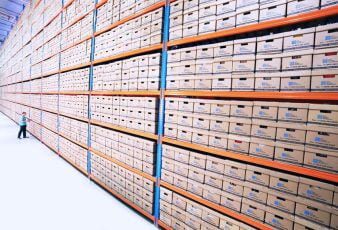Are you the keeper of your family’s photo archives, with drawers or shoeboxes full of old prints that have seen better days? Do you want to bring these memories into the digital age, ensuring their longevity and sharing them with loved ones? Digitizing old photos not only preserves these cherished images but also opens up new possibilities for display and use. Here’s a simple guide on creating stunning digital images from your old prints.
Gathering Supplies
To begin with, you’ll need a scanner, a microfiber cloth, a can of compressed air, and a computer. While a standard flatbed scanner would suffice, investing in a photo scanner could provide a superior result. Look for a scanner that offers a high resolution; 600 dpi (dots per inch) is typically adequate, but 1200 dpi is even better. Remember that options vary widely, from the professional service to higher-end professional scanners.
Preparing The Photos

Before you start scanning, you need to prepare the photos. Begin by gently cleaning the scanner bed and your photos. Use a can of compressed air to remove dust from the scanner bed. Wipe each photo with a dry microfiber cloth to remove fingerprints and dust particles. If photos are stuck together, don’t try to force them apart. Instead, place them in a ziplock bag with white rice for a few days, which can help to separate them.
Read Also: GORNPHOTO: Headshot Photographer In New York With A Soul
Scanning The Photos
Once your photos are clean and ready, it’s time to start scanning. If you’re using a flatbed scanner, scan one photo at a time. Ensure the photo is square on the bed to ensure the resulting digital image isn’t crooked. If your scanner has a “photo” or “color” setting, be sure to select it. This ensures your scanner captures the nuances of the photo’s colors and details.
After scanning each photo, check the image on your computer. Look for dust spots, scratches, or other blemishes that might need to be fixed with photo-editing software. If you notice these issues frequently, consider investing in a scanner with built-in dust and scratch removal features. There are many Costco photo scanning options, for example, they offer professional scanning services with color correction and dust removal.
Saving And Sharing The Photos
After scanning, save the digital images in an organized, easy-to-find manner. Consider creating folders for different years, events, or family members. Save the photos in a lossless file format like TIFF to preserve the maximum amount of detail. JPEG can be used for sharing, but it compresses the file and could lose some detail.
Once the photos are digitized, you can share them with family and friends through social media, email, or digital photo albums. You could also use the digital files to create photo books, calendars, or other personalized items.
Conclusion
The process of digitizing old photos may seem daunting, but with some patience and organization, you can breathe new life into those fading prints in your drawer. Preserve your family’s history, share memories with loved ones, and ensure those irreplaceable moments are safe from physical damage or loss.
Whether you’re doing it yourself or opting for professional services, digitization opens up new avenues for using and enjoying your old prints. So pull out those cherished photos and step into the digital age.
Read Also:




























